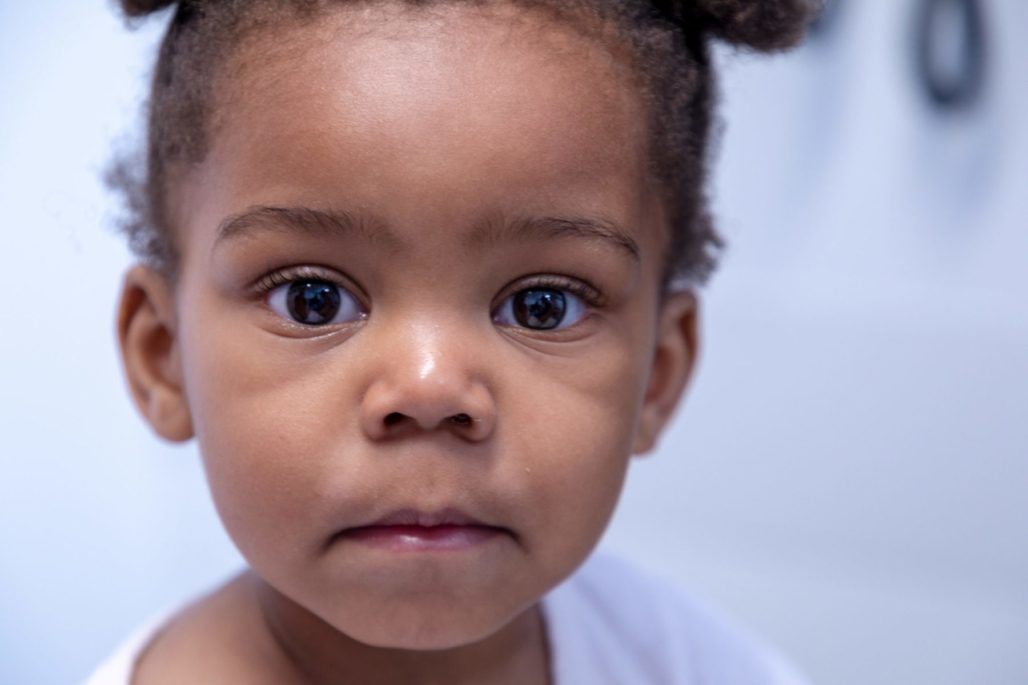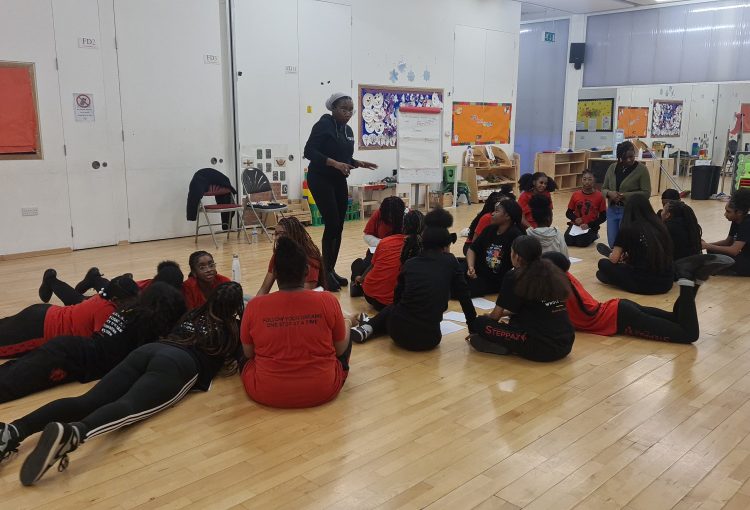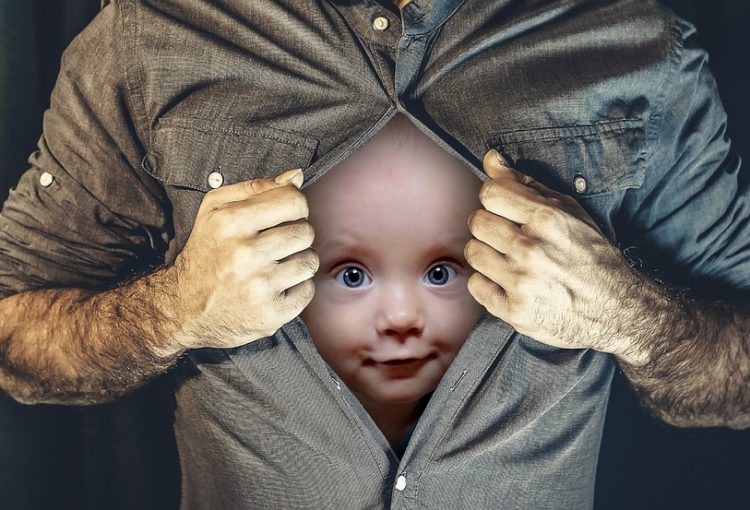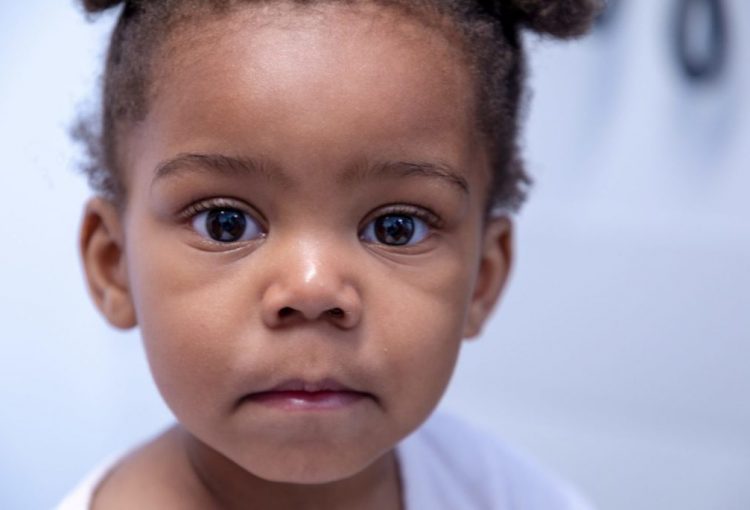What is Childhood Trauma?
Childhood trauma refers to any event that poses a threat to a child’s physical, emotional, or psychological wellbeing. Such events can be physical, sexual, or emotional abuse, neglect, domestic violence, natural disasters, and accidents. Traumatic experiences during childhood can lead to the development of mental health issues such as depression, anxiety, post-traumatic stress disorder (PTSD), and borderline personality disorder (BPD).
Effects of Childhood Trauma on Mental Health
Childhood trauma can have a long-lasting impact on a person’s mental health. Young people who have experienced trauma in their childhood may develop mental health issues that can last into adulthood. Studies have shown that childhood trauma is a risk factor for the development of depression, anxiety, PTSD, and BPD.
Depression: Young people who have experienced childhood trauma are more likely to develop depression. Childhood trauma can lead to feelings of hopelessness, helplessness, and low self-esteem, which are all factors that contribute to the development of depression.
Anxiety: Childhood trauma can also increase the risk of developing anxiety disorders in young people. Traumatic experiences can lead to a persistent feeling of fear, which can lead to the development of anxiety disorders such as generalized anxiety disorder (GAD), panic disorder, and social anxiety disorder.
PTSD: Post-traumatic stress disorder is a mental health condition that can develop after a traumatic event. Young people who have experienced childhood trauma may develop PTSD, which is characterized by flashbacks, nightmares, and hyperarousal.
BPD: Borderline personality disorder is a mental health condition that is characterized by unstable moods, relationships, and self-image. Childhood trauma is a significant risk factor for the development of BPD in young people.
Preventing Childhood Trauma
Preventing childhood trauma is crucial for promoting mental health in young people. Parents, caregivers, and educators can take several steps to prevent childhood trauma. Here are some strategies that can help prevent childhood trauma:
Provide a safe and stable environment: Young people need a safe and stable environment to thrive. Parents and caregivers should create a safe and stable home environment that promotes their physical, emotional, and psychological wellbeing.
Educate young people about personal safety: Young people should be educated about personal safety and how to protect themselves from abuse, neglect, and other forms of harm.
Promote positive parenting practices: Positive parenting practices, such as active listening, positive reinforcement, and empathy, can help prevent childhood trauma.
Provide access to mental health services: Young people who have experienced childhood trauma may benefit from mental health services. Parents and caregivers should provide access to mental health services to young people who need it.
Conclusion
Childhood trauma can have a lasting impact on a person’s mental and emotional health. Young people who have experienced childhood trauma are at an increased risk of developing mental health issues such as depression, anxiety, PTSD, and BPD. Preventing childhood trauma is crucial for promoting mental health in young people. Parents, caregivers, and educators can take several steps to prevent childhood trauma, including providing a safe and stable environment, educating young people about personal safety, promoting positive parenting practices, and providing access to mental health services.












